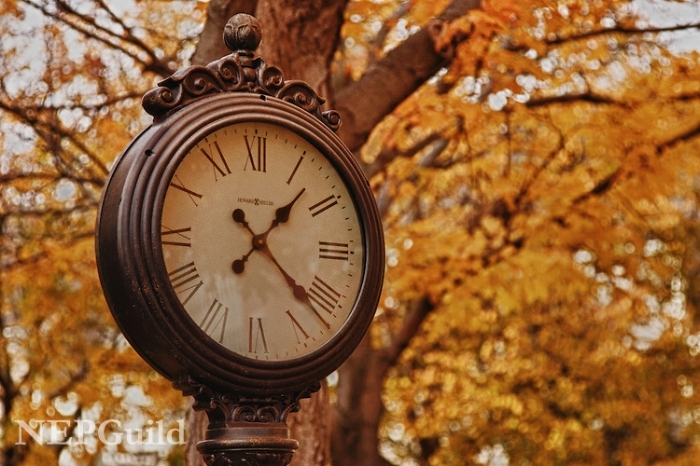Starting the New Year with Intention: Building Relaxation Into Your Life
This is the time of year when we see many of our friends and family members announcing their resolutions for the New Year. While resolutions may work for some, I prefer to focus on intentions for how I want to live my life in the new year. Intentions encompass more than just the things you would like to do, but also the ways in which you would like to live your life. Fulfilling your 2017 intentions may involve adapting your routine, mindset or practices to live more in line with your desires and worldview.
If your intentions involve being more resilient, at peace or focused on the positive things in your life, integrating a regular relaxation practice into your daily life can support these goals. The key to building a sustainable relaxation practice is making sure that it fits with your lifestyle (so that you will be more likely to stick with it). Here are some questions to ask yourself as you build a relaxation practice that will support your intentions in the year to come.
What activities do I find relaxing?
Relaxation comes in many forms. Think through activities that you have done in the past (or currently do) that relax you. These could involve exercise (yoga, stretching, biking, swimming, etc.), reading, watching a movie, listening to music, creative projects (art, cooking, singing), being in a relaxing environment (a museum, spa, or park), or spending time with people who make you feel at ease. Taking a relaxation class or listening to relaxation recordings is another great way to calm your mind and body. Once you’ve identified these activities, schedule in at least one or two per week and allow yourself time to fully enjoy doing them.
When do I have breaks or downtime during my day?
Many of us tend to think that we need to carve out large chunks of time for relaxation. While it can be wonderful to spend multiple hours or an entire day relaxing, this is not realistic for most of us as we move through our daily lives. The good news is that there are plenty of shorter relaxation exercises that can be done during your lunch break or right when you come home from work. One of the most effective ways to relax during the workday is using relaxation techniques such as intentional breathing, muscle relaxation exercises, guided imagery or meditation. Deep breathing allows for more oxygen to enter the body, which can be both relaxing and restorative. Muscle relaxation involves bringing your awareness to various groups of muscles and relaxing them with breathwork, imagery and/or tensing and releasing the muscles until your entire body is relaxed. Guided imagery is a narrative that engages the imagination and senses and guides the mind toward a relaxed, focused state. The loving kindness meditations that I like to use are a way to calm your heart and mind while encouraging peaceful and loving thoughts about those around you. If you only have a little time, you can choose one technique for a 3-5 minute session, or if you are really in a hurry, try my 1-minute relaxation break. When you have more time to relax, you can combine these four techniques into an enjoyable, effective relaxation training session. These relaxation techniques can be practiced with the help of a recording or on your own once you know how to do them.
Where is the best place for me to start? How can I build relaxation into my life in a sustainable way?
Once you’ve thought through your options for relaxation and the times during your day or week when you can relax, decide on a starting point and build from there. This process will be different for everyone. For example, begin by committing to a weekly relaxation hour, whether it’s a yoga or relaxation training class, an individual relaxation session, or even setting aside a time to listen to a guided relaxation recording. Committing to that weekly time and making it a priority cues your mind and body to relax. Once that gets going, then layer in a daily relaxing activity that can vary in length depending on how much time you have that day (see relaxation training for ideas). The next week, try a calming audio book or guided relaxation recording as you settle into bed. The key is to gradually build sustainable relaxation activities into your life.
Consistent relaxation can help us live a more peaceful and fulfilling life in 2017. If you have any questions about relaxation, coaching or wellness feel free to email me anytime at beth@atimeforexpression.com
Wishing you a refreshing feeling of ease in the New Year!




